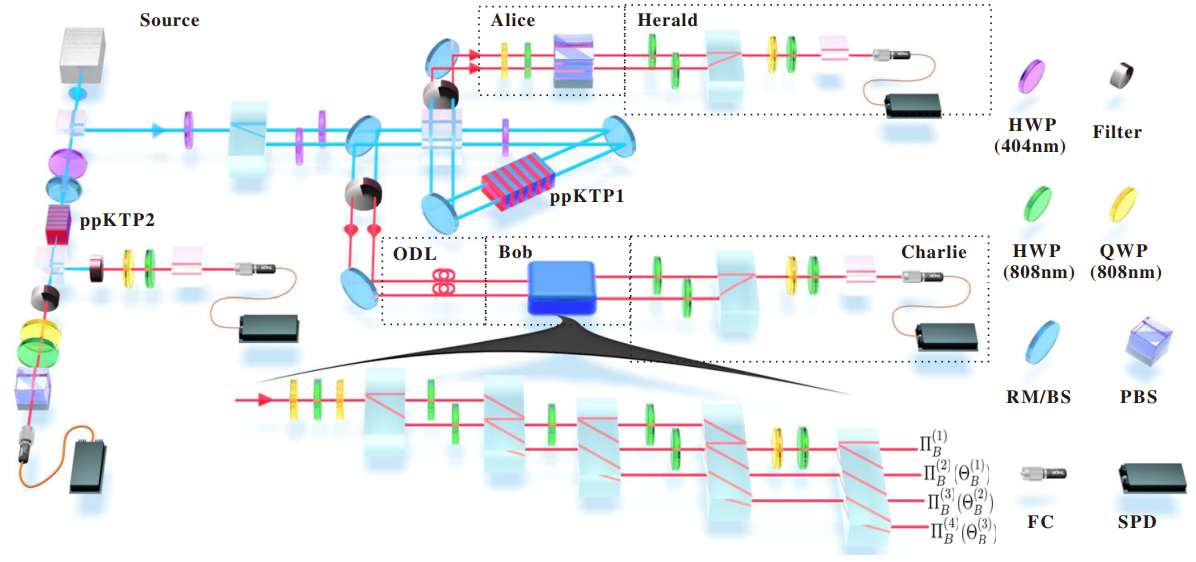
In a study published in Physical Review Letters, academician GUO Guangcan's team from University of Science and Technology of China of the Chinese Academy of Sciences made progress in the open quantum system research. This team, collaborating with Austrian theoretical physicist Philip Taranto, demonstrated the non-Markovianity in the multi-step evolution of the open quantum system, and proved the measurement-dependent property of quantum memory effects.
In quantum information science, it is crucial to understand and control the memory effects for the development of quantum technology. For the coupling of the system and environment, the evolution of open quantum system presents the non-Markovianity, which paves the way for the study of quantum memory effects.
However, the measurement could cause the collapse of the quantum state of the system, and the detection of the system will affect the subsequent evolution of the system, which confines the previous research on the quantum memory effects to the single-step evolution process. This means that researchers only conduct the measurement at the end of the evolution after the preparation of the initial state without any extra measurement in the evolution process.
To study the multi-step evolution, the researchers first separated the controllable detection from the system evolution by using the process tensor method. They then constructed two kinds of open quantum dynamics with the multi-step evolution through path and polarization degrees of freedom of photon pairs.
By measuring the non-Markovian properties of these two evolution processes with different methods, the researchers demonstrated the measurement-dependent property of quantum memory strength.
This study is the first report of finite quantum Markov order for non-Markovian common-cause processes, which has implications for the approximation of quantum processes with memory.
Memory effects are common in nature. They exist in disease spreading, biochemical processes, and optical fiber transmission. Their duration, strength, and structure are key properties of physical evolution.

Experimental setup: linear photonic system (Image by GUO Yu et al.)

86-10-68597521 (day)
86-10-68597289 (night)

52 Sanlihe Rd., Xicheng District,
Beijing, China (100864)

